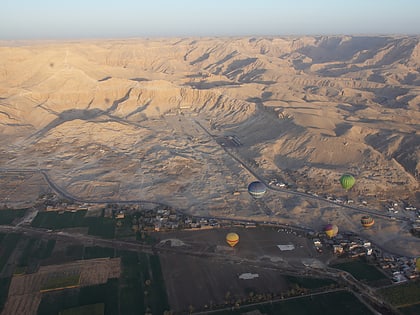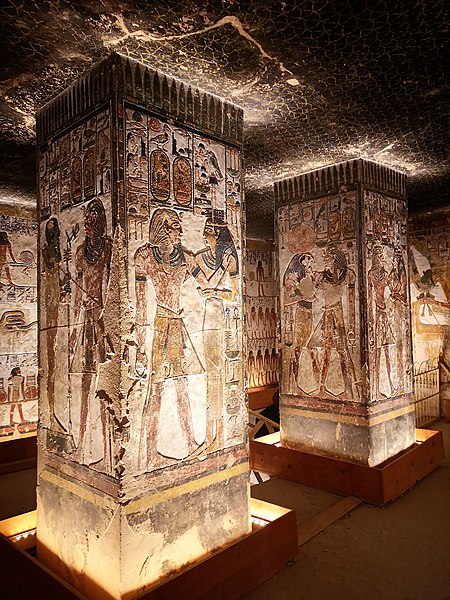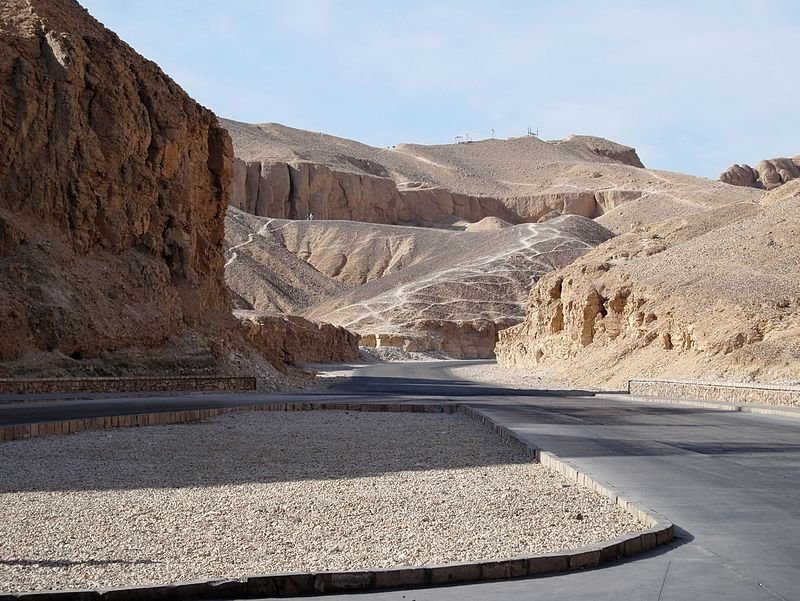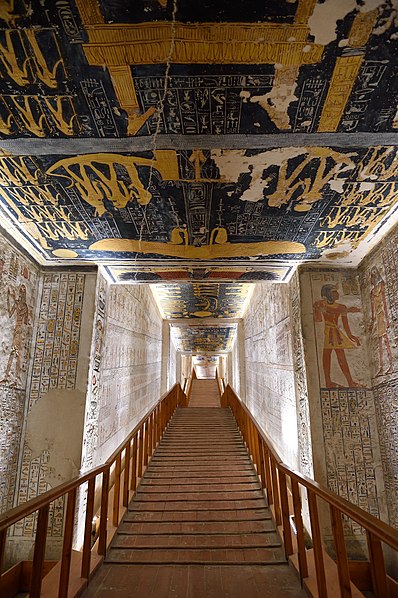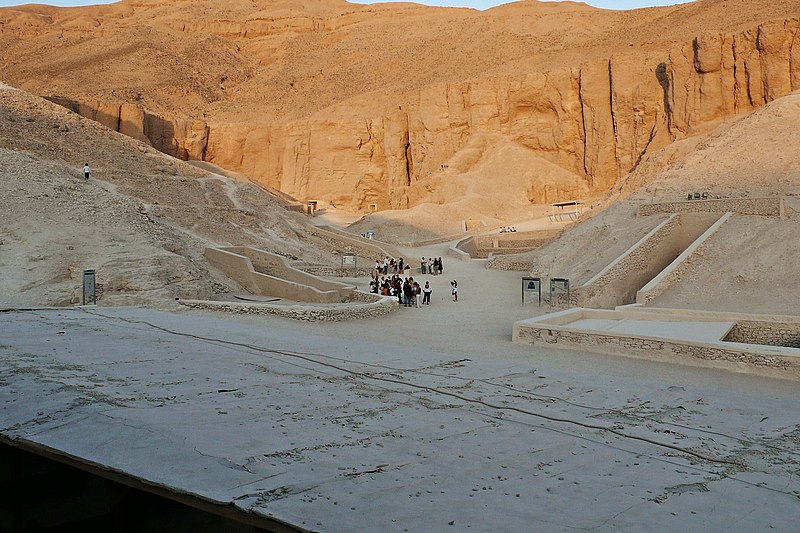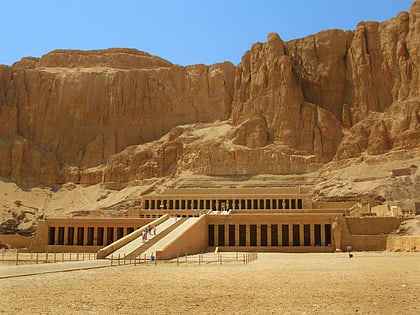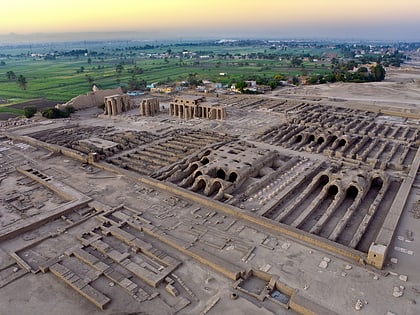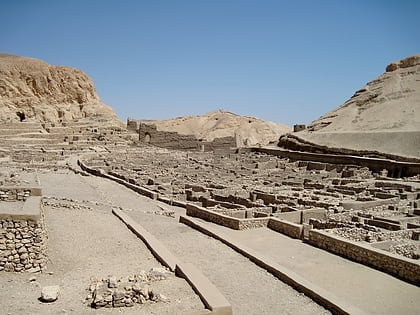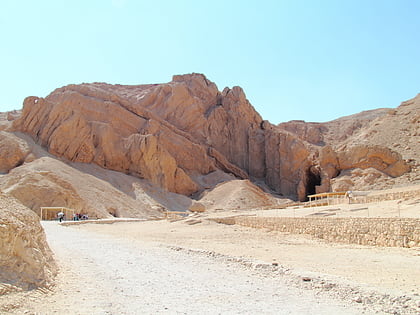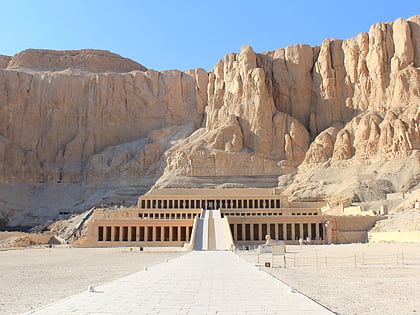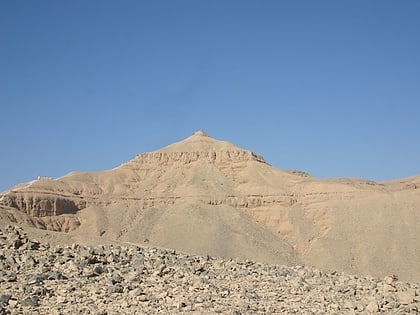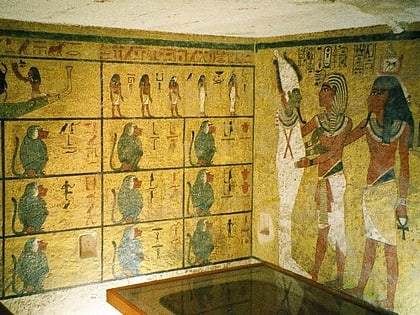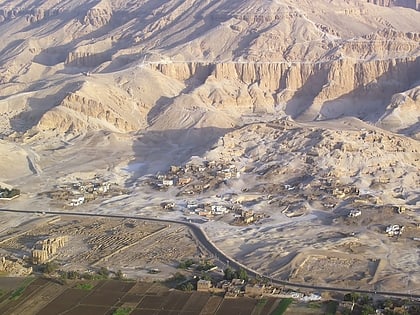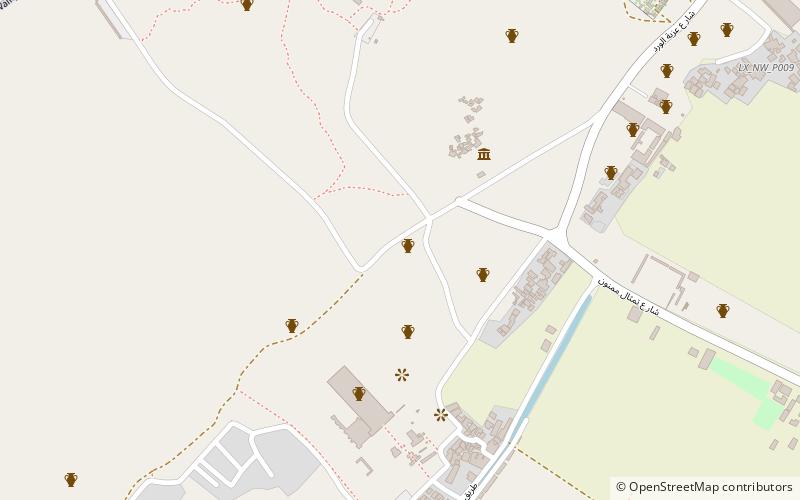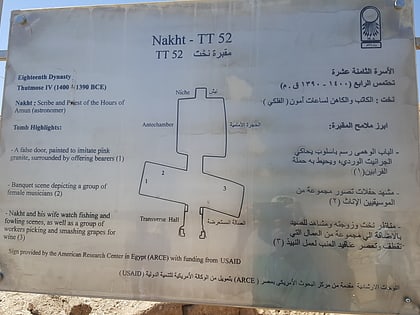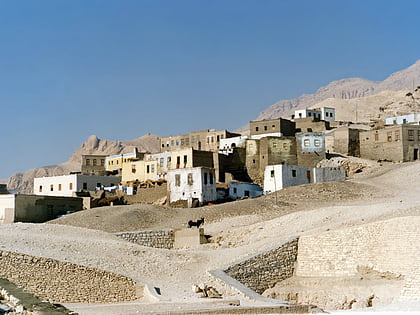Valley of the Kings, Luxor
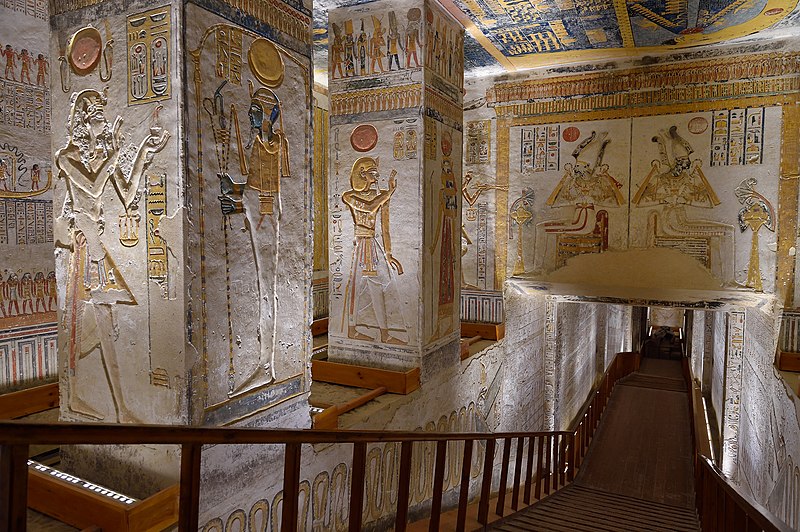
Facts and practical information
Nestled in the rocky cliffs on the west bank of the Nile in Luxor, Egypt, the Valley of the Kings stands as an eternal testament to the grandeur of the ancient pharaohs. This ancient burial ground, a UNESCO World Heritage Site, was the final resting place for the kings of the New Kingdom, which ruled from the 16th to the 11th century BC.
The site is renowned for its collection of tombs, with more than 60 identified to date, including the legendary tomb of Tutankhamun, discovered by Howard Carter in 1922. The Valley of the Kings was a meticulously chosen site, reflecting the Egyptian belief in the sanctity of the west bank of the Nile, where the sun sets and where the journey to the afterlife begins.
Each tomb was carved deep into the limestone bedrock and designed to navigate the soul of the deceased through the underworld, with walls adorned with colorful hieroglyphics and scenes depicting the voyage. The tombs were also filled with treasures and goods intended to aid the pharaohs in their afterlife, though most were looted in antiquity.
The tombs are categorized into the East Valley, where most of the royal tombs are located, and the more secluded West Valley. The most famous, the Tomb of Tutankhamun, still contains the young king's mummified body and is a site of immense archaeological and historical significance.
The Valley of the Kings continues to be a focal point for archaeological exploration, as new discoveries are still being made, shedding light on the mysteries of ancient Egyptian civilization.
Visitors to the Valley of the Kings can explore the open tombs, which are rotated to preserve them from the wear of tourism. The site is open to the public and offers a unique glimpse into the funerary practices and beliefs of one of history's most fascinating cultures. The painted walls, the hieroglyphs, and the overall atmosphere provide an unforgettable experience, connecting visitors with the ancient past.
Valley of the Kings – popular in the area (distance from the attraction)
Nearby attractions include: Mortuary Temple of Hatshepsut, Ramesseum, Deir el-Medina, Valley of the Queens.
